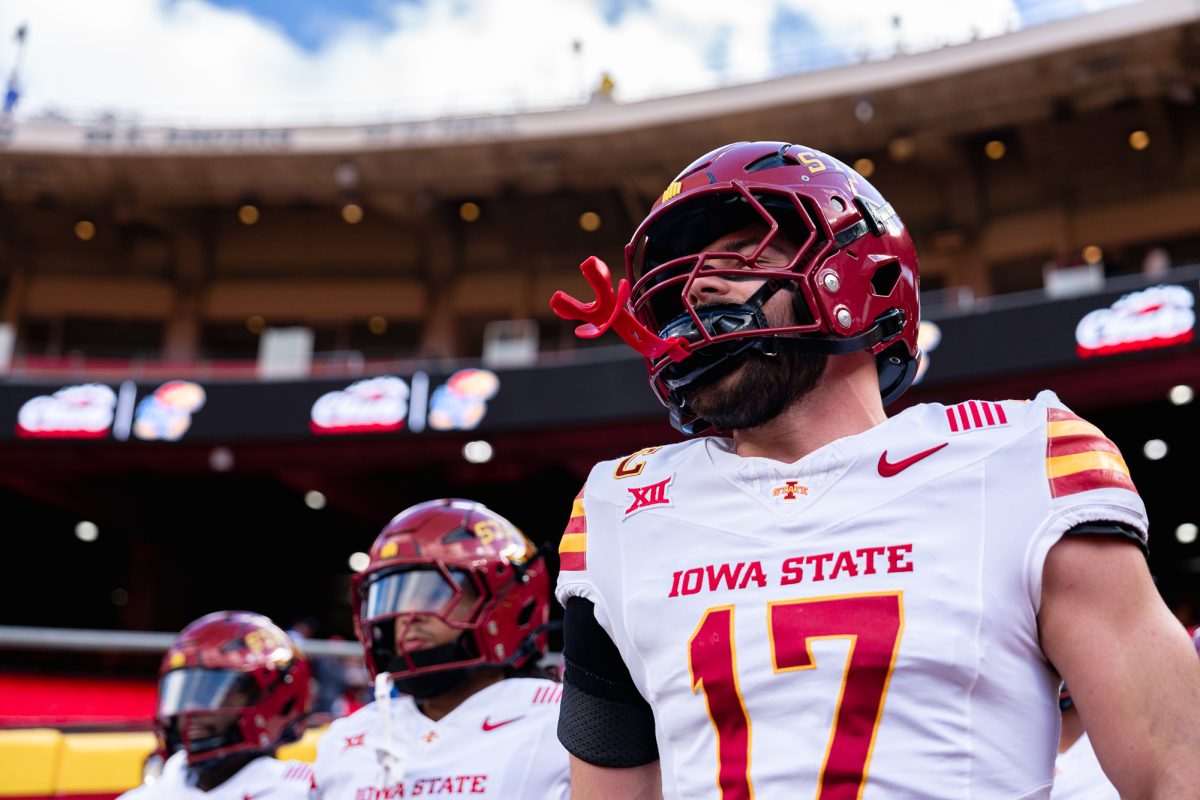ISU microloan program collaborates with farmers to achieve food security
October 18, 2007
Iowa State has developed a program similar to that of Kiva.org, a microloan Web site that focuses on connecting lenders with small businesses and microfinancing organizations in developing countries.
Robert Mazur, the director of the Center for Sustainable Rural Livelihoods (CSRL) at Iowa State and associate professor of sociology, has recently been involved with the implementation of a microloan program in Uganda.
The CSRL, part of the College of Agriculture and Life Sciences, collaborates with small farmers in Uganda to help them progress beyond their current living situations.
“These are farmers that were deliberately picked because they were poor and they were food insecure – that is they were hungry,” Mazur said. “The whole design of the program is such that we move them forward through training and support, but not handouts.”
He said the program continues to train the farmers until they achieve not only food security but also nutrition security.
“We’ve moved from 9 percent food secure out of the group we’ve been working with to 77 percent,” Mazur said.
Dorothy Masinde, program coordinator for CSRL, said the microloan system was just recently implemented and they disbursed their first loans on Sept. 15 of this year. Their first payment was due Oct. 15 and 100 percent of the loan was repaid.
“We organize these farmers into groups of five that are actually credit groups,” Masinde said.
The CSRL is actually using a modified Grameen Bank system that is tailored to fit specific needs, Masinde said. The farmers are required to go through a training program, lasting for about a month, and then there is a compulsory savings program that requires them to save about 10 percent of the loan they want to take out.
Peter Orazem, university professor of economics, said the principle of microfinancing can be traced back to the Grameen Bank and Muhammad Yunus in Bangladesh. The 2006 Nobel Peace Prize was actually awarded to both Yunus and the bank for the economic and social development the microcredit system produced.
“The Grameen Bank strategy was basically to give very small loans, primarily to women, to set up small businesses,” Orazem said. “The role of the group was to help identify the people who deserve to have someone take a chance on them.
“I think the key here is that a lot of households get stuck and they get stuck because they don’t have access to even relatively small investments and this is a way to get to them.”
Kiva’s Web site features a “how it works process” that walks potential lenders through the steps necessary to loan money to small businesses.
There are a large number of business profiles featured on the site and once selected, the user can loan as little as $25 per donation.
The user can actually watch the journals and profiles of the business the user sponsors, and when the donator receives their money back, they are free to reinvest or keep the money.
There are 70 microfinance partners listed on the Web site from all regions of the world.
Orazem said a lot of the households that are receiving loans like these don’t have access to other types of credit.
“It is simply giving them a little bit of capital investment that allows them to break out of what they are doing,” Orazem said.
The purpose of a loan such as this, Orazem said, is the chance for the borrower to escape poverty.
Elizabeth Sukup, senior in public service and administration in agriculture, whose project on school gardens in Uganda won second place in the undergraduate division at the World Food Issues presentation Monday night in the Memorial Union, is involved with this program and has been to Uganda twice.
Sukup said Monday night that she intends to return to Uganda with Mazur, who agreed to supervise her research.
Masinde said for their particular program, once the farmer has advanced past being food secure and nutritionally secure, they are actually producing their surplus for profit. The CSRL program and its partners then work to provide them with the training that they need to produce goods for the marketplace.






